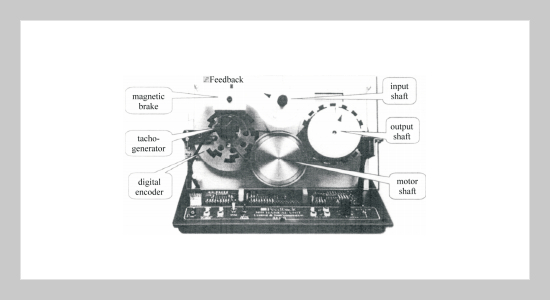Ping-Huang Wu This email address is being protected from spambots. You need JavaScript enabled to view it.1 and Chin-Hwa Kuo1 1Department of Computer Science and Information Engineering, Tamkamg University, Tamshui, Taiwan 251, R.O.C.
Received:
August 19, 2007
Accepted:
November 24, 2007
Publication Date:
June 1, 2008
Download Citation:
||https://doi.org/10.6180/jase.2008.11.2.14
As automatic control systems are widely used in industry, the study of them is one of the most important introductory courses offered in college-level curricula. In this paper, we propose a networked learning model for automatic remote control PID experiments, including a platform and a networked learning system designed according to competence-based education methods. The online system offers a new approach to practical learning in a virtual laboratory. To evaluate the efficacy of the system, we conducted an experimental study using students enrolled in the automatic control course at Tungnan University in Taiwan. We consider three instructional methods in this paper: a traditional method, a remote learning system method, and a competence-based networked learning method. The effects of students’ academic performance prior to taking the course on their achievements with regard to PID control learning are also discussed. Thirty students were randomly divided into three groups, and one instructional method was implemented for each group. The students were also divided into two groups (high and low) according to their GPA scores in the previous school year. The data were subjected to two-way ANOVA analysis, and the interaction effect between two independent variables, i.e., one of the instructional methods and the student’s performance prior to taking the course, was observed. We found that both variables have a significant effect on a student’s learning outcomes. The results show that our competence-based networked learning system is as effective as the traditional instructional method.ABSTRACT
Keywords:
PID Controller, E-Learning, Virtual Laboratory, ANOVA, Competence-Based Education
REFERENCES









